Please login or click here to join.
Forgot Password? Click Here to reset pasword
On entering the great grounds of Longleat House through the entrance known as "Heaven's Gate" visitors are immediately struck by the awesome beauty of the place, as it appears to be more castle than house. This is one of the loveliest of all the great Elizabethan houses, the stimulus for which came from the Queen herself. Each summer she made her Royal progress through the land to visit her most favoured subjects, particularly those who had attained great wealth and power through serving the Tudor throne. These men of high position vied with each other, each attempting to out-do the other by providing lavish entertainments for the Queen. The first of these Elizabethan mansions was Longleat, it was built by Sir John Thynne.
Sir John had been a favourite of the Duke of Somerset, and was Knighted by him on the field of battle. Somerset later fell from power, causing Sir John to be imprisoned in the Tower of London. Fortunately he obtained his release on payment of a large fine, and it is then that he began work on the Augustinian Priory purchased by him in 1540. The building was close to the Wiltshire-Somerset border, on the banks of a stream known as the Long Leat.
It took many years for the house to reach completion, sadly once it was finished it was ravaged by fire. Sir John was devastated, but quickly sought the aid of Robert Smythson and began to build again. Between them they built what remains the first important Renaissance building in the land, fitting for Sir John to entertain Queen Elizabeth I on a grand scale which he did in the summer of 1575.
Throughout centuries Longleat has been embellished by various successors, some of whom have a colourful history. In 1682 one successor was murdered in Pall Mall, leaving the house to pass to his cousin Sir Thomas Thynne who was created Viscount Weymouth in that same year. He was a cultured man and was responsible for Bishop Ken's library. Bishop Ken was one of the Seven Bishops in the famous trial of 1688. Following his acquittal he was given asylum by the Ist Viscount and he died at Longleat in 1711.
The 3rd Viscount became Marquis of Bath in 1789, he employed Capability Brown to re-arrange the landscape, set out the formal gardens, form lakes from the Long Leat, and plant woods. This then was the beginning of Longleat Park, which today is a thriving animal Kingdom that was Britain's first "safari park" it opened in 1966 and soon became known for its magnificent Lions. Other animals have since joined, a baby white Rhino was born here in 1984, giving Longleat a growing worldwide reputation for the care of endangered species. It has maintained this position ever since.
Within the house visitors can see a range of beautifully furnished and lavishly appointed magnificent rooms, these include; The Saloon, formerly the long gallery, it has walls hung with priceless tapestries, magnificent French furniture, a stunning fireplace, and a beautiful gilded ceiling. In the Red Library there are bookcases lined with thousands of books collected from many centuries, comfortable English furniture, magnificent portraits and other works of art, all beneath a richly decorated ceiling. The Great Hall retains the charm of the Elizabethan period. It is notable for its wonderful wood carving, imperious fireplace, paintings, coats of arms, and again this room has unique ceiling decoration incorporating heraldic shields amongst much intricate carving. The afore-mentioned are just a few of the romantic rooms on show to the public. Interestingly, in the Conference rooms there is a display of paintings by the present Marquess, who himself is a talented painter.
In the grounds visitors can see some of Capability Brown's work, this includes the Orangery, effective garden statutory, and lakes.
The house is in the care of the 7th Marquess of Bath who has worked tirelessly to make it one of the country's foremost tourist attractions. To the delight of many visitors this pleasant bohemian English aristocratic gentleman has been known to pop out for a chat, or to point out something new and relevant. His contribution to the house and all we see today cannot be under-estimated.
The East African Reserve is a place where you can roam freely amongst giraffe, zebra and camels. All animals here are seen in circumstances as close as possible to their natural habitat; these include the famous Lions of Longleat, rhino's, monkeys, gorillas and tigers.
Apart from the pure pleasure and enjoyment of this noble house, visitors can part-take of a wealth of experiences, there are attractions as diverse as the "world's longest maze" to a balloon ride; other attractions feature a children's adventure castle, Victorian kitchens, a tropical butterfly garden, needlework centre, train and boat rides. There is a secret garden and a gardeners pleasure walk. Other mazes to have fun in are the sun maze, love labyrinth, and the lunar labyrinth. The pets corner is beloved by all little ones, so too is Postman Pat's village.
Longleat House is a superb place with a wonderful romantic history. It is also a vibrant living place which offers much to visitors of all ages, for here there truly is something for everyone!
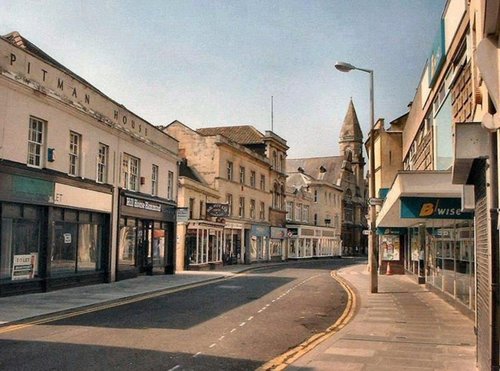
a Historic Market Town in the county of Wiltshire
(9.9 miles, 15.9 km, direction N)Trowbridge is a historic town crammed with attractive stone buildings. It originated as a settlement along the Biss and flourished from the wool and weaving trades and from these periods there remain many magnificent merchant houses...
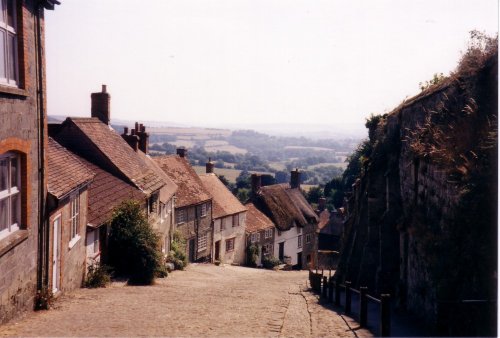
a Historic Market Town in the county of Dorset
(12.9 miles, 20.8 km, direction S)Shaftsbury is Dorset's only hill-top town, with its long history and good views it is particularly attractive to tourists...
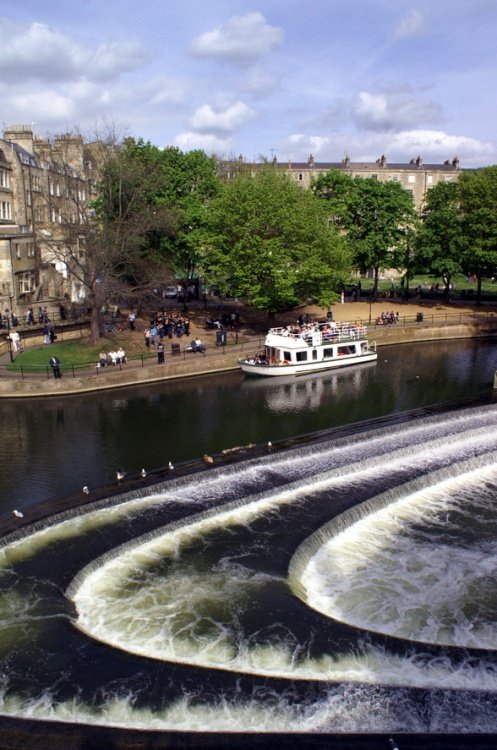
a Historic City in the county of Somerset
(13.7 miles, 22.0 km, direction N)Bath is an elegant city famous for its beautiful Georgian architecture and its Roman attractions from which it got it's name. The traveller James Boswell who visited the city.....
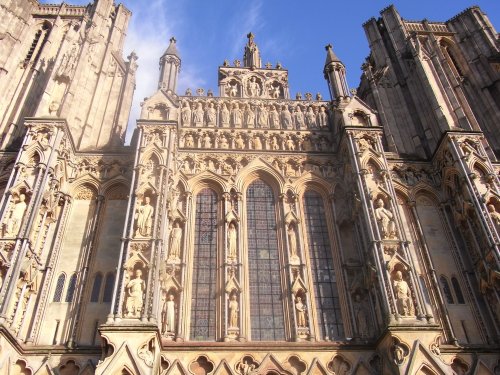
in the county of Somerset
(15.8 miles, 25.5 km, direction W)Wells, situated at the foot of the picturesque mendip hills, is most certainly one of England's most delightful cathedral cities...
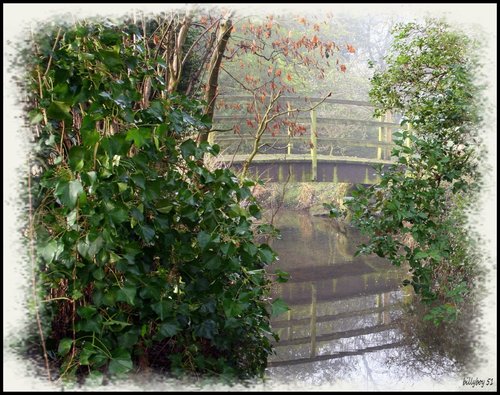
a Picturesque Village in the county of Wiltshire
(17.3 miles, 27.8 km, direction NE)Gatherings of graceful medieval houses line the streets of Lacock..
All towns in Wiltshire
A tradition exists that Nunney Castle's sole pig was subject to daily torture when the castle came under siege in 1645 during the.....

Designed by Henry Hoare II, Stourhead is one of England's most picturesque landscape gardens with classic temples and palladian.....
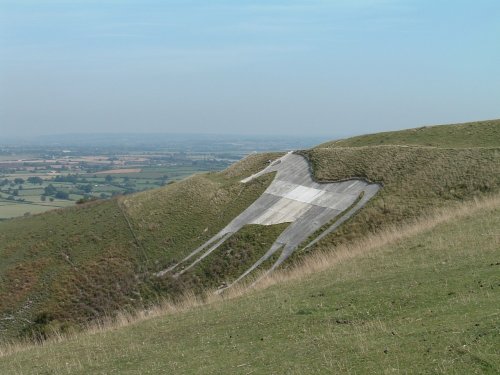
..
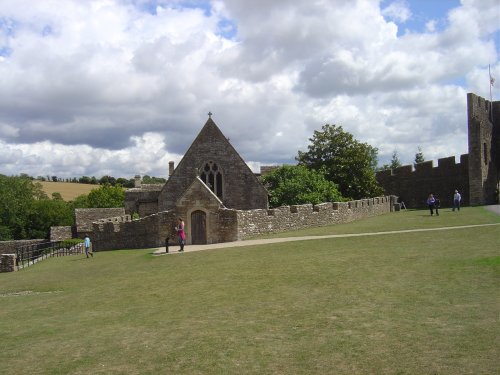
In 1383, the then Speaker of the House of Commons, Sir Thomas Hungerford had to be pardoned for building Farleigh Hungerford.....
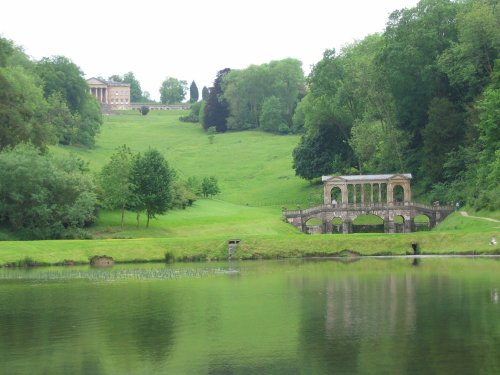
Capability Brown had a hand in establishing the stunning landscape of Prior Park. His services, together with the advice of.....